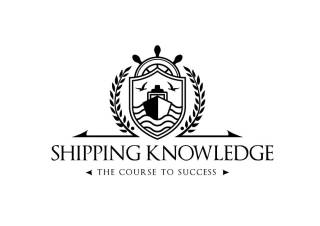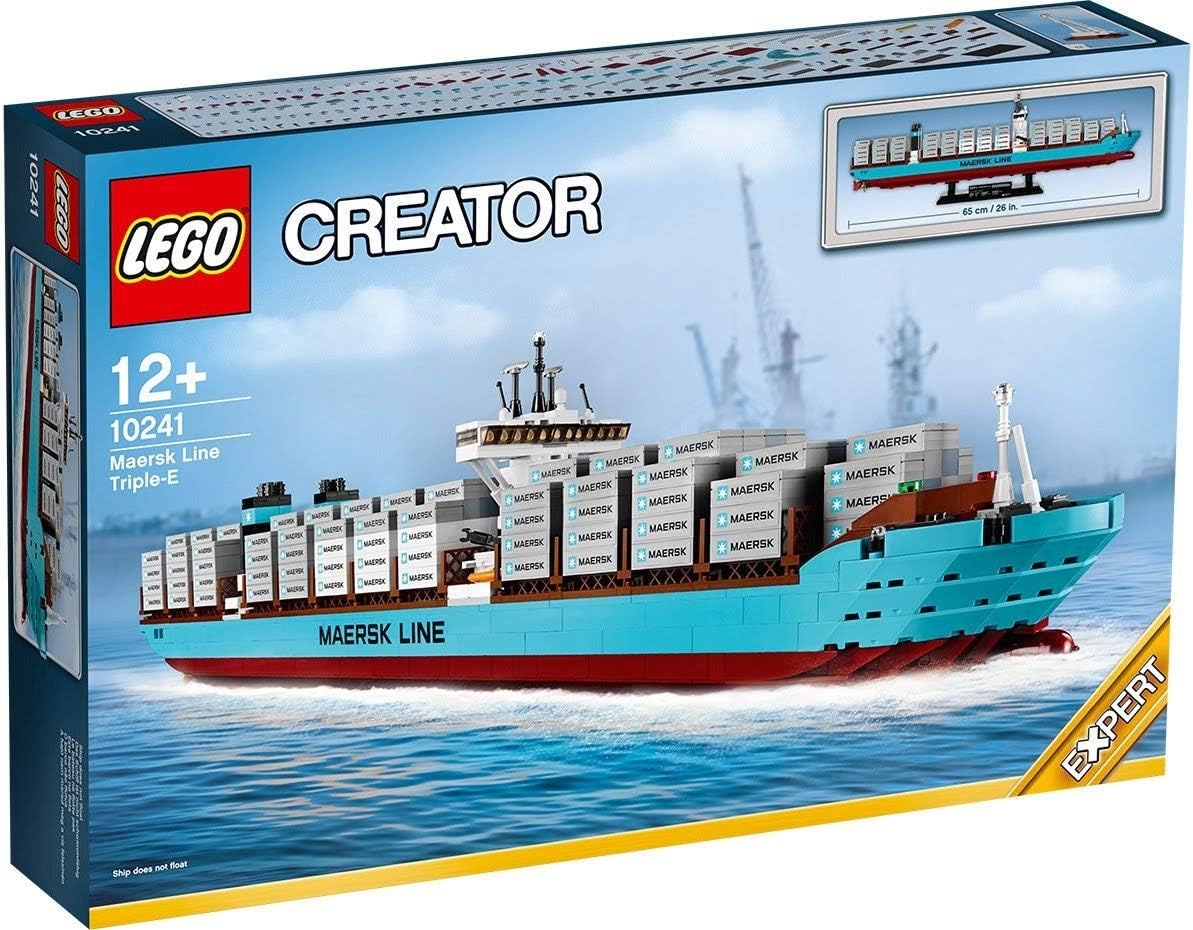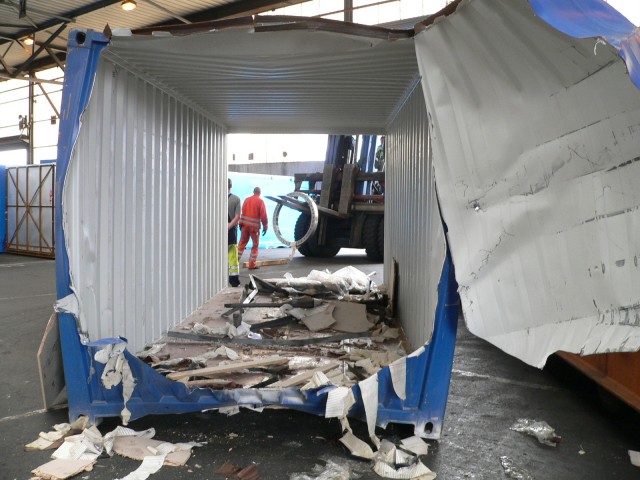The “digitization” of the ocean container shipping industry – Digitization is now a competitive necessity
Two major players in the “digitization” of the ocean container shipping industry, have shared their observations about new networking opportunities.
A new whitepaper — Blueprint 2032: How Technology Transforms Ocean Container Shipping – released by INTTRA, reports that the pace of technology innovation is accelerating as businesses seek new and more efficient ways to optimize.
“Digitization is now a competitive necessity,” says John Fay, CEO of INTTRA.
He adds that the industry has “reached a tipping point” in the global shipping industry when information technology is now the primary means for CEOs and their companies to achieve and increase long-term profitability.
“We are enabling shippers to rethink processes, and to digitize their operations through our unique position as a neutral service provider,” Fay notes in a recent statement.
Lionel Louie, chief commercial officer, for CargoSmart Limited, agrees, telling LM in an interview that Increasing digital connections between people, systems, and data intelligence enables companies in the global transportation industry to gain new insights, leverage new tools to help manage change, and increase their supply chain innovation.
“For years, CargoSmart has helped the industry to connect digitally and adopt tools to help them grow their businesses in the digital economy,” he says. By leveraging machine learning and Internet of Things (IoT) technology, we have been able to provide companies with deeper data intelligence, the ability to respond to market changes faster, and tools to improve supply chain management.”
CargoSmart first started using machine learning and IoT technology in “solutions” for shippers, logistics service providers, and carriers in 2012.
“Our most recent example is Route Master, CargoSmart’s newest tool for shippers and logistics service providers introduced this spring,” says Louie. It uses machine learning technologies to construct possible transshipment routes and present optimized routings based on the shippers’ preferences.”
Route Master is the first of its kind to offer visibility to transshipment routes that ocean carriers and alliances can offer and may not necessarily be published. Users can search, combine, and run simulations to compare routes for the origin-destination pairs they are considering.
Another recent example is Big Schedules, which uses IoT technology for its vessel tracking features that were introduced in 2015. It displays actual vessel locations based on live vessel location data alongside ocean carriers’ published schedules so that shippers and logistics service providers can compare the actual vessel locations with the current schedules to see if vessels are on track to be on time. Subscribers can also spot delay exceptions based on IoT data through a vessel watch list. Big Schedules also includes weather and news data to alert users to events that may impact their shipments.
“Cloud-based analytical tools that leverage sophisticated monitoring and A.I. technology that shippers can tap into for insights to improve the shipment management cycle, from planning through shipment execution, are available today,” concludes Louie.
Source: http://www.logisticsmgmt.com/article/digitization_of_ocean_cargo_industry_continues_gain_traction/oceanfreight





